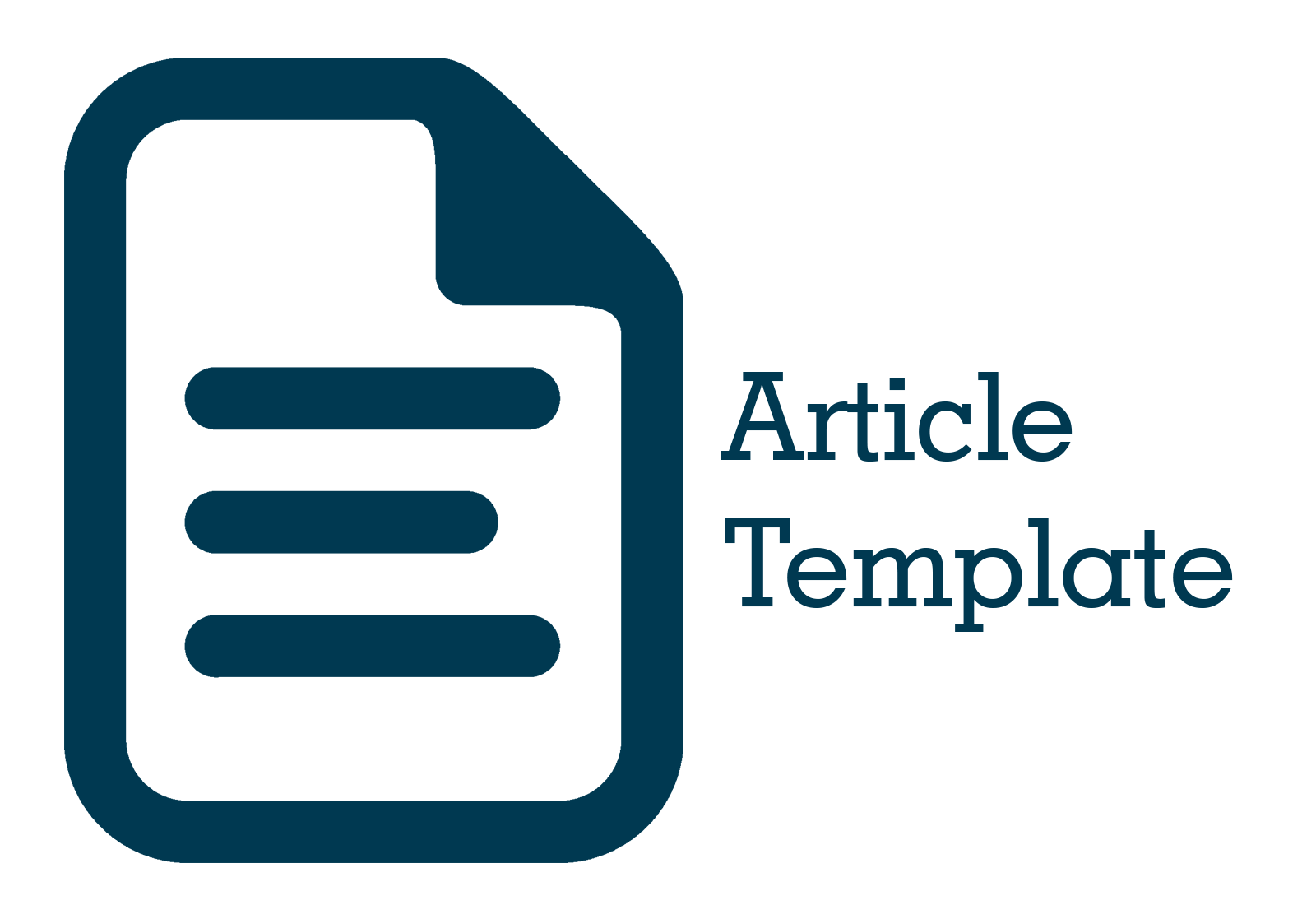Development of Student Worksheets Using the Contextual Teaching and Learning (CTL) Approach on Algebraic Operations Material
Keywords:
Contextual Teaching and Learning (CTL), Student Worksheet (LKS), Algebraic OperationsAbstract
The background of the research is the lack of student engagement in learning and the lack of interesting teaching materials. The aim of this research is to develop a student worksheet (LKS) using the Contextual Teaching and Learning (CTL) approach on algebraic operations material for Grade VIII students at SMPN 3 Talamau, which is valid, practical, and effective. This type of research is development research. The product trial was conducted in class VIII.3 of SMPN 3 Talamau, consisting of 30 students. The product developed is a Student Worksheet. The instruments used in this research include validation sheets, practicality sheets, and learning outcomes. The LKS consists of 4 learning activities. The general structure of the LKS includes a cover, competencies to be achieved, material, instructions for using the LKS, exercises, reflection, and authentic assessment. The LKS was developed using the ADDIE development model, which includes: a) Analysis: syllabus analysis, curriculum analysis, needs analysis, indicating the limited availability of teaching materials, and that students have not been actively involved in the learning process; b) Design: collecting references, designing material content according to CTL aspects; c) Development: creating teaching materials, validation by validators to determine the validity of the teaching materials, and revising the product; d) Implementation: testing to obtain practicality and effectiveness of using the LKS; e) Evaluation: analyzing the practicality and effectiveness of the LKS. The quality of the developed LKS is: a) validity with a very valid category based on the validator's assessment with an average score of 91.8%; b) practicality with a very practical category based on teacher and student assessments with average scores of 91.57% and 81.25%, respectively; c) effectiveness with a very effective category based on student learning outcomes tests with a percentage of 80%.
References
Donovan, A. M., Stephens, A., Alapala, B., Monday, A., Szkudlarek, E., Alibali, M. W., & Matthews, P. G. (2022). Is a substitute the same? Learning from lessons centering different relational conceptions of the equal sign. ZDM–Mathematics Education, 54, 1199–1213. https://doi.org/10.1007/s11858-022-01405-y:contentReference[oaicite:0]{index=0}.
Duijzer, C., Van den Heuvel-Panhuizen, M., & Veldhuis, M. et al. (2019). Supporting primary school students’ reasoning about motion graphs through physical experiences. ZDM–Mathematics Education, 51, 899–913. https://doi.org/10.1007/s11858-019-01072-6:contentReference[oaicite:1]{index=1}.
Eames, C. L., Graf, E. A., Van Rijn, P. W., Budzban, G., & Voepel, T. (2021). The finite-to-finite strand of a learning progression for the concept of function: A research synthesis and cognitive analysis. The Journal of Mathematical Behavior, 62, 100864. https://doi.org/10.1016/j.jmathb.2021.100864:contentReference[oaicite:2]{index=2}.
Ellis, A. B., Ely, R., Singleton, B., & Tasova, H. (2020). Scaling-continuous variation: Supporting students’ algebraic reasoning. Educational Studies in Mathematics, 104(1), 87–103. https://doi.org/10.1007/s10649-020-09951-6:contentReference[oaicite:3]{index=3}.
Fonger, N. L. (2019). Meaningfulness in representational fluency: An analytic lens for students’ creations, interpretations, and connections. The Journal of Mathematical Behavior, 54, 100678. https://doi.org/10.1016/j.jmathb.2018.10.003:contentReference[oaicite:4]{index=4}.
Fonger, N., Ellis, A. B., & Dogan, M. F. (2020). A quadratic growth learning trajectory. Journal of Mathematical Behavior, 59, 1–22. https://doi.org/10.1016/j.jmathb.2020.100795:contentReference[oaicite:5]{index=5}.
Kazanidis, I., & Pange, J. (2022). A Comparative Study of the ADDIE Instructional Design Model in Distance Education. Information, 13(9), 402. https://doi.org/10.3390/info13090402:contentReference[oaicite:6]{index=6}.
Madrazo, C., & Dio, R. V. (2021). Contextualized Learning Modules in Bridging Students’ Learning Gaps in Calculus with Analytic Geometry. International Journal of Learning, Teaching and Educational Research, 20(6), 445-467. Available at: source(ERIC).
Mathematics Teaching Research Journal. (2021). Learning Trajectory of Algebraic Expression: Supporting Students’ Mathematical Representation Ability. Mathematics Teaching Research Journal, 13(4), 27-47. Available at: source(ERIC).
Sarifayani, H. (2020). Development of handout teaching materials with a contextual approach to improve student mathematical understanding in algebra-based materials. Indonesian Journal of Educational Research and Technology. Available at: source(IJEH).
Students’ worksheet quality and its effectiveness in learning. International Journal of Learning, Teaching and Educational Research, 16(6), 64-79. Available at: source(IJLTER).
Trends in teaching and learning of algebra. (2022). ZDM–Mathematics Education, 54, 1199-1213. https://doi.org/10.1007/s11858-022-01405-y:contentReference[oaicite:11]{index=11}.
Van Dooren, W., De Bock, D., & Verschaffel, L. (2012). How students understand aspects of linearity: Searching for obstacles in representational flexibility. Proceedings of the 36th conference of the International Group for the Psychology of Mathematics Education, 4, 179–186(SpringerLink).
Mavrikis, M., Hoyles, C., & Noss, R. (2011). Students’ justification strategies on the equivalence of quasi-algebraic expressions. Proceedings of PME, 35(2), 393–400(SpringerLink).
Geraniou, E., Mavrikis, M., Hoyles, C., & Noss, R. (2011). The finite-to-finite strand of a learning progression for the concept of function: A research synthesis and cognitive analysis. The Journal of Mathematical Behavior, 62, 100864. https://doi.org/10.1016/j.jmathb.2021.100864:contentReference[oaicite:14]{index=14}.
Downloads
Published
Issue
Section
License
Copyright (c) 2024 Melia Roza (Author)

This work is licensed under a Creative Commons Attribution 4.0 International License.


